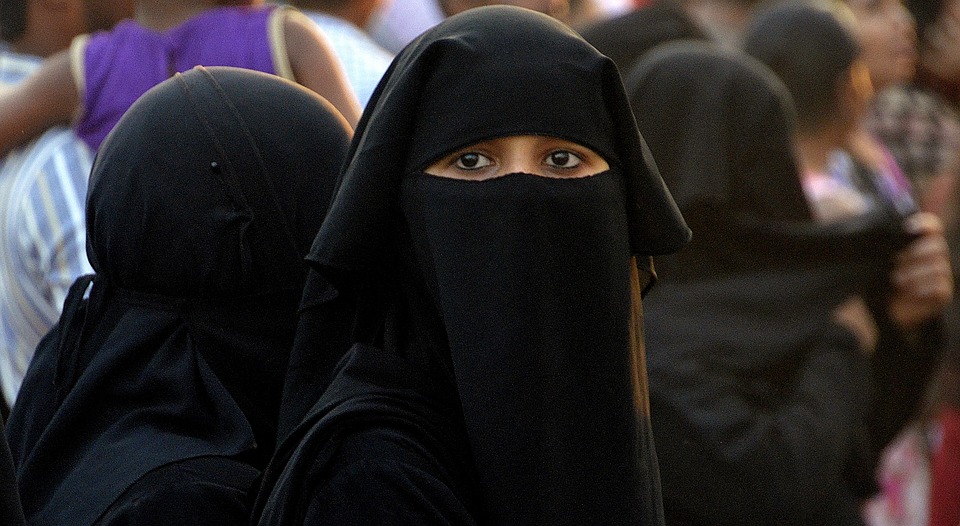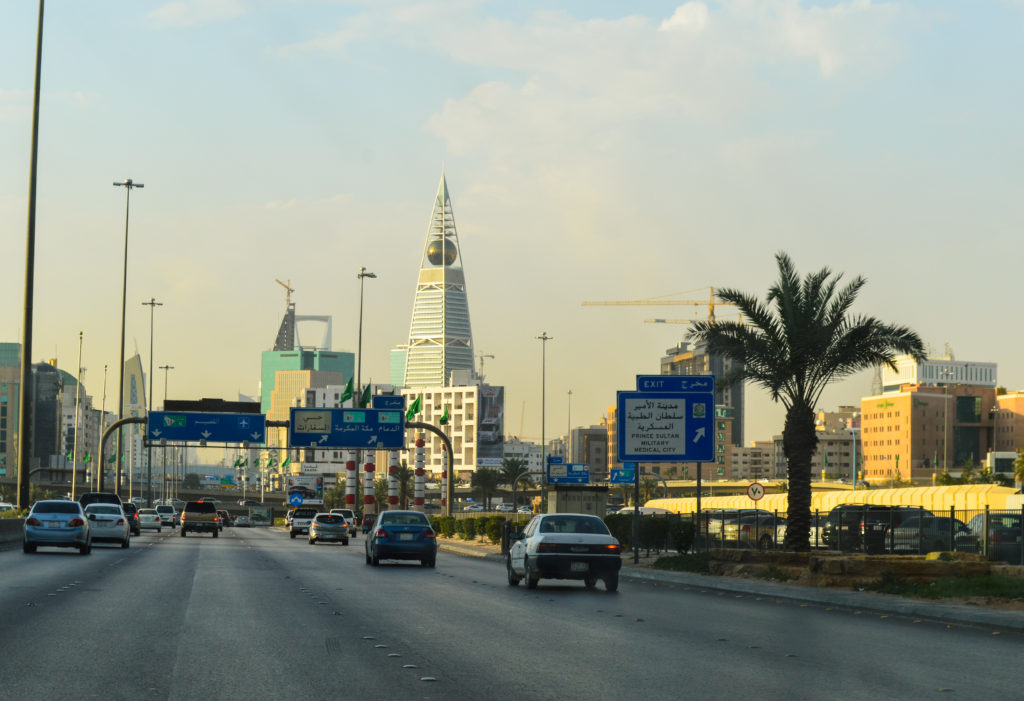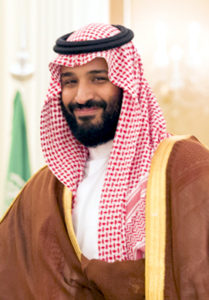Women of Saudi Arabia: On the Jagged Road to Parity

Within the span of a few months, women’s rights in the male-dominated Saudi state have finally left the dark ages, catching the attention of everyone in the international community. The most recent and considerable measure undertaken by the House of Saud is the removal of the ban on women driving. As these long-awaited reforms slowly inch women and their allies closer to equality, a dichotomy arises in regards to criticisms; cynics who view the changes as a new strategy for foreign policy, and optimists who see them as conducive to further systematic improvements.
On September 26th, King Salman announced by royal decree that women would finally be able to get behind the wheel. After the policy takes effect in June of next year, women will be able to acquire a driver’s license without the permission of a legal guardian, and also drive without their accompaniment. This closely follows women being allowed to enter the National Stadium in Riyadh to celebrate the country’s 87th anniversary, as well as being granted access to a concert in Jeddah. Not to mention just two years ago, women obtained the right to vote and run for office.

Yet, while the state is still an absolute monarchy, the source of power is quite bilateral. The royal Al Saud family rules the Kingdom (and has been ruling since the 1930’s) with close ties to the religious establishment – predominantly that of the Wahhabi sub-sect, which is considered to be the most conservative branch of Sunni Islam. Its influence is a significant explanatory factor for Saudi Arabia’s restrictive policies towards women: on royal decisions, Wahhabi clerics institute their strict and literal interpretation of Islamic law, offsetting any liberal views the family might have. The government also tunnels immense amounts of funding into schools, mosques, and other religious programs to fuel the growth of the Wahhabi movement and thwart out other sects of Islam, thus granting the Wahhabis, or ulama, a great deal of social and political control.
Two central ideas that drive Wahhabi ideology are gender segregation to allegedly shield citizens from being corrupted and the lack of capacity in women. From this comes the most restrictive aspect of life for Saudi women: the male guardianship system. During their entire lifespan, women are under a man’s control, whether it’s a husband, father, brother, or in some cases even a son. They need male permission for key decisions such as marriage, education, travel, and medical treatment. Not only does this make legal transactions extremely difficult, it contributes heavily to the status of women as subordinate and unworthy of respect.
Slowly, reforms have been made in the last decade to mitigate oppression. A law criminalizing domestic violence was passed in 2013, and women are being allowed increased access to government services and the labor market. The motivators for recent alterations to the puritan Wahhabi regime are mostly the efforts of Arab “feminists”, and of Crown Prince Mohammed bin Salman (MBS), 32, the youngest of his predecessors coming into power. Similar to many popular Western feminist movements, the Arab feminist movement comprises of different tenets, and levels of intersectionality. Differing from Western views however, is the idea that the abolition of the burqa, although important, is not a core focus for many Arab women, who posit that true liberation lies in freedom from the guardianship system. For decades, they have been subtly campaigning against it through petitions, protests, and demonstrations—and not without facing arrest, prison, and vilification.

That’s why 32-year-old MBS brings hope to young Saudis with his bold plans for reshaping the kingdom into a modern state. Whether or not Saudi Arabia can really become a modern civil state and get rid of its “backwards” reputation is doubtful – MBS will have to continue breaking down the seemingly impenetrable wall that the conservative Wahhabi clerics have built up, and many feel that his Vision 2030 is just too much and too fast to be pragmatic. It’s important to keep in mind that despite women’s rights being a huge indicator of the “forwardness” of Saudi Arabia, there are numerous other dimensions in which progression is stagnant (take for example the recent vote against the UN resolution condemning the death penalty for gay sex)
Although the hype is not without reason, many are skeptical that the ostensible improvements for some of the most oppressed women in the world are mostly a soft power mechanism used by the Saudi regime to appeal to the West. It has been played out commonly in other Middle Eastern countries; where the patriarchy is severe and entangled with radical Islam, and any reversal of restrictive policies characterize dictators and authoritative governments as the emancipators of women. In the eyes of critics, trade partners, and allies, in a time where gender equality is an increasingly important and measurable issue in terms of state legitimacy in the international system, the ending of the ban could be a move in Saudi Arabia’s relational politics. By showing the world that it’s progressing from its anti-democratic nature and human rights offenses, the Kingdom could be attempting to exert and maintain influence in the international community. Especially in the midst of falling crude oil prices and MBS’s subsequent push for economic reform, the causes for policy changes regarding women may be more to do with a concern for finance and wealth than actual betterment for female livelihood.
How easily and effectively these changes will be implemented is certainly questionable. Put into the context of the absolute monarchy, guardianship system, and crackdown on political dissidents, women driving can easily seem like just the tip of the iceberg. There are still many institutional and social constraints on Saudi women; from getting a fair trial to conversing with men outside their family. Even with encouraging adjustments to said conservative law, the backlash from the public is detrimental to just how empowering the effects will be on Saudi civil society. Similar again to its Middle Eastern counterparts, the subordination and inferiority of women in Saudi Arabian society is systemic and culturally rooted, making everyday life difficult regardless of forward-looking policy.
It’s no surprise that Saudi men’s response to the driving ban being lifted was, for the most part, in line with austere Wahhabi principles. They expressed their pessimistic sentiments and disappointment in the regime, claiming that women are not intelligent enough to drive, that driving would lead to promiscuity, or even that it would damage their ovaries. One high-ranking cleric even stated that Saudi women should not drive because when they go shopping, their brains shrink to “a quarter the size” of men’s. Fortunately, he was suspended from all religious activity soon afterwards, but his legions of supporters remain. The length to which these supporters will take their enmity could be dangerous. Last week, a Saudi man was arrested for threatening to burn any woman and her car should it happen to break down.
Not to mention, as women are part of such a culture, it becomes hard for them too, to distinguish between deserved human rights, and the concept of “westernization”. So, although women finally have freedom of movement, to go to work or get their children from school, it’s not guaranteed that all their “guardians” will commend it, nor that they themselves will deem it correct.
On the other hand, many are just immensely relieved; the taste of equality after years of strife and clandestinity outweighing the factors that brought it about. Since the first protest on the driving ban in 1990, Saudi women have fought hard against the regime, despite receiving death threats, losing their jobs, and being arrested or jailed. Male supporters are now encouraging their wives, sisters, and mothers, to learn how to drive on private and legal spaces (still in the face of grave threats from those who disapprove). Even if the social and political situation is bleak in reality, the psychological impact for women should be considered: this is a step in validating the status of women as equals in terms of capabilities. Of course, a complete reversal of the subjugation culture and repressive legal framework will not happen overnight. In comparing Saudi women’s struggles to many other civil right’s movements in the past, we can hope to see further repeals and action within the next decade or so.
Recent policy changes affecting Saudi women are by no means a panacea for gender disparity in the country, but they can be welcomed, even though the regime responsible is not applaudable. Changes might not be directly in the interests of the women, and the process of implementation will be strenuous, but we can look forward to women’s abilities finally becoming more expansive down the road.
This article has been edited by Sarie Khalid
